How to Set Up a Tattoo Machine Safely and Effectively. Step-by-Step Guide

Whether you're laying down your first line or perfecting a full sleeve, a well-set tattoo machine is where every great tattoo begins. Cleanliness, accuracy, and preparation are key—not just for artwork quality, but also for the safety of your client. This step-by-step guide walks you through the essentials to get your machine up and running, safely and professionally.
Contents
- Types of Tattoo Machines
- Initial Preparation
- Component Preparation
- Needle Installation and Positioning
- Machine Assembly
- Stability Enhancement
- Final Preparation and Safety Measures
- Conclusion
Types of Tattoo Machines
Choosing the right machine is the first step. Each type suits different tattooing styles and comfort levels:
Pen Tattoo Machines
Lightweight, quiet, and shaped like a pen, these machines offer excellent control for fine details and long sessions.
Coil Tattoo Machines
The classic choice. Known for power and adjustability, ideal for lining and shading with a bit of a learning curve.
Hybrid Tattoo Machines
Combining rotary smoothness with coil-like punch, hybrids give you versatility and ergonomic handling.
Initial Preparation
- Wash hands thoroughly with soap, including between fingers and under nails.
- Put on medical-grade gloves and keep them on during setup.
- Open packaging of needles and grips carefully to maintain sterility.
Component Preparation
- Wrap the grip with barrier tape for better handling and hygiene.
- Prepare and fit the grommet properly to stabilize the needle.
Needle Installation and Positioning
- Hold the needle by the eye end only—avoid touching the tip.
- Ensure the needle fits the grip nozzle and slides smoothly.
- Align the needle parallel to the grip for consistent performance.
Machine Assembly
- Secure the grip in the clamp, firm but not overtightened.
- Attach the needle to the armature bar with the grommet.
- Ensure smooth, unrestricted needle movement.
Stability Enhancement
- Use rubber bands to stabilize the needle bar during operation.
- Add more bands if needed, without limiting movement.
Final Preparation and Safety Measures
- Cover the machine with barrier bags to prevent contamination.
- Check cables, power settings, and test needle motion.
- Ensure everything runs smoothly before beginning the tattoo.
Conclusion
Proper machine setup is the foundation of safe, clean, and professional tattooing. It protects both the artist and the client while ensuring the best possible outcome. Master these basics, and your sessions will be smoother, more precise, and consistently high-quality.

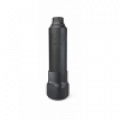
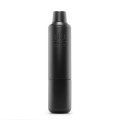
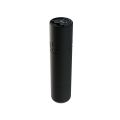
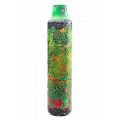
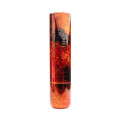

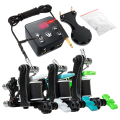
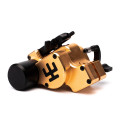
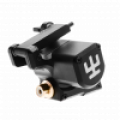
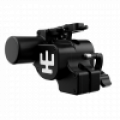
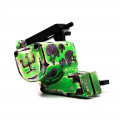
Leave a Comment